AO Edited
The Guild of Ancient Merchant Taylors
An ornate doorway leads to the former site of one of the city's oldest society of merchants.
As with many formerly walled cities throughout Britain, Bristol has its fair share of tiny congested streets where space is at a premium. Many of these narrow lanes contain hidden surprises that are off the beaten track. Take for instance Tailors Street near St. John’s Church, which conceals a grade-listed building complete with an elaborate entrance with an ancient history.
Entering this cobble-stoned courtyard, visitors are greeted by a domed archway that contains the crest of The Guild of Merchant Taylors. Initially founded by Richard II in 1399, the year he was deposed as king, this structure contains one of the city’s oldest fraternal lodges and was originally built in 1740. It would take another 210 years for this doorway to be restored.
Looking at the bottom of this impressive coat of arms, one can make out the fellowship’s motto that states: “Concordia parvae res crescunt,” which means, “Concord makes small things flourish.”
To the bottom left is the decapitated head of St. John the Baptist, which is meant to symbolize the brotherhood’s affinity for the ancient saint. At the top is an icon that represents the Lamb of God. Below is the coat of arms, which has two camels flanking a shield that depicts a lion representing England over two purple ermine cloaks to symbolize the skill of tailoring. There is also a purple tent that represents the Virgin Mary. It’s believed that the camels further allude to St. John, as he is often shown wearing the hides of this animal.
Rules of the Tailor’s Guild, which still exist today, are extremely stern, for example:
A master is allowed three apprentices at one time and no more.
No one is to be admitted to the Guild unless they have served seven years as an apprentice and had a testimonial.
No one not a freeman of the company is to make garments or sell stockings.
No one is to backbite or undervalue another’s workmanship.
No one is to open shop or work on the Sabbath or festivals.
In 1489, it was ordained that no merchant tailor was to sell hose (men or women’s) on a stall in a market except at fair time but only in shops or houses.
Some were allowed only to be hosiers,( one person, David Howell was allowed to make no new garments but only to mend old clothing).
Know Before You Go
This is just a facade, as the building no longer houses the Merchants Guild. The building now contains modern offices.
Tailors Court is through an unmarked passage off Broad Street, adjacent to Chez Marcel. The doorway is halfway down on the left just before a sign for 1 Tailors Court.
As Tailors Court is a rather secluded area, use caution and common sense when visiting.

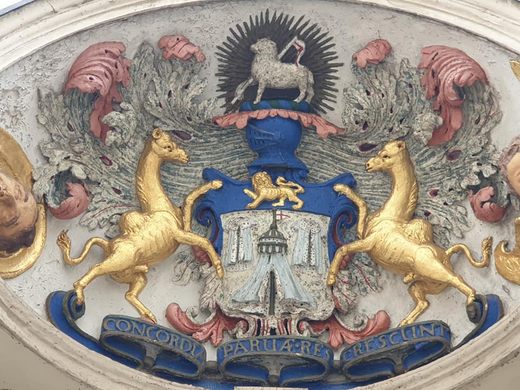
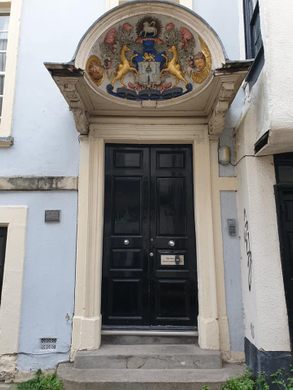


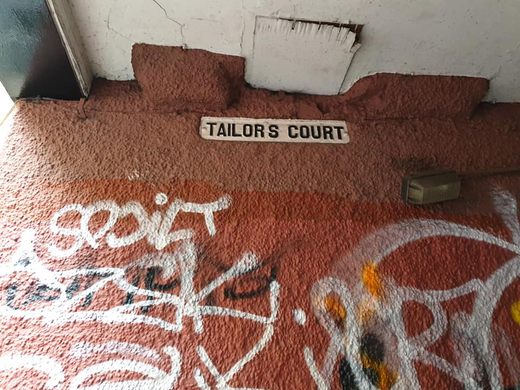
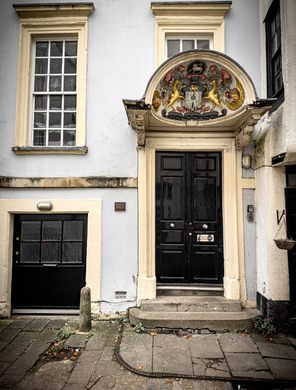

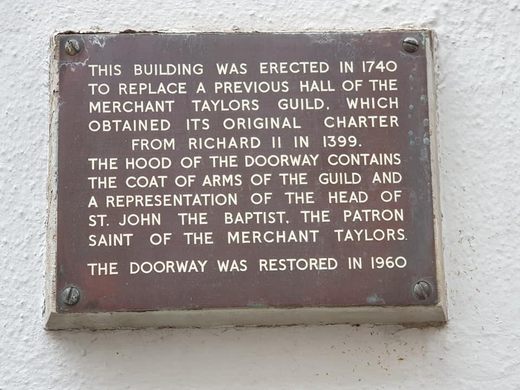

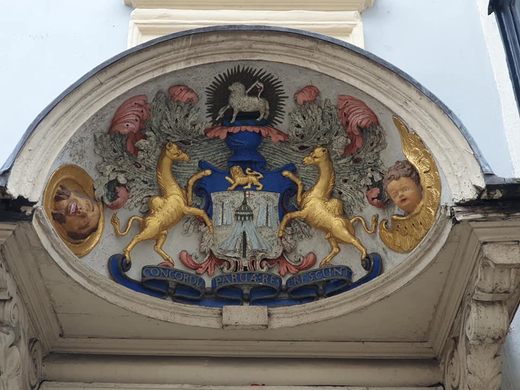
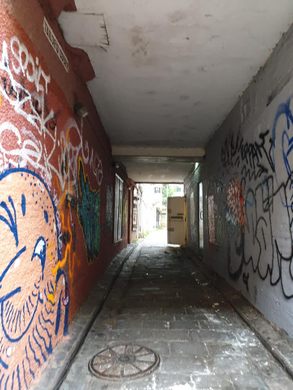






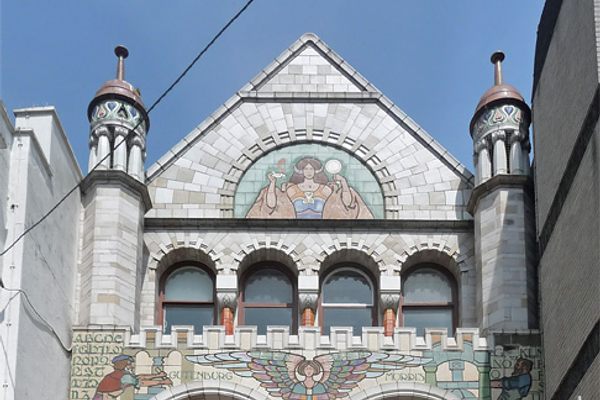
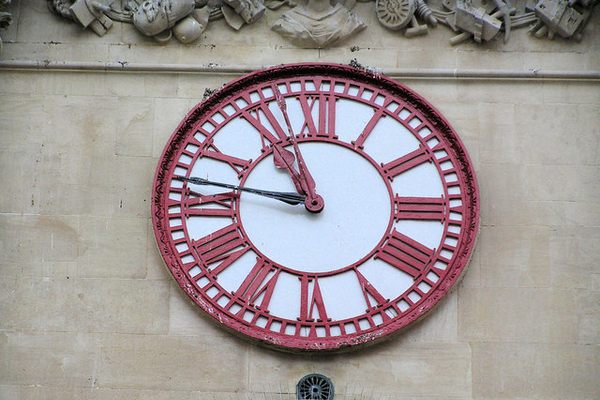




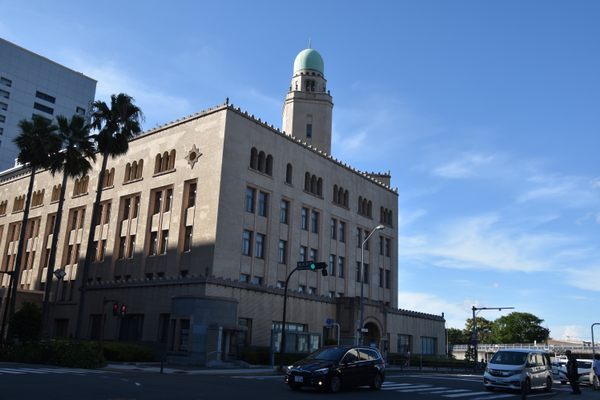


Follow us on Twitter to get the latest on the world's hidden wonders.
Like us on Facebook to get the latest on the world's hidden wonders.
Follow us on Twitter Like us on Facebook